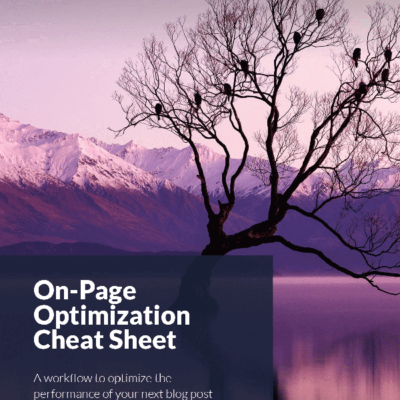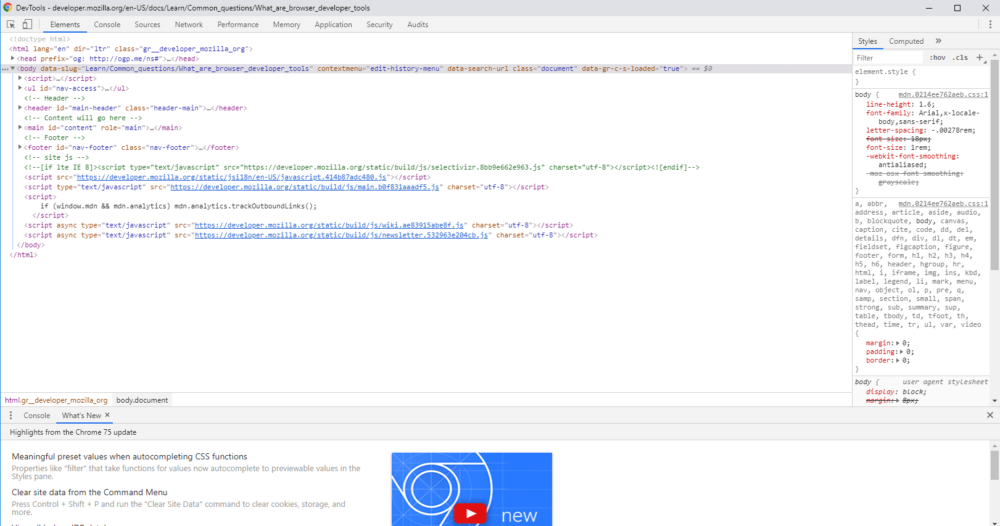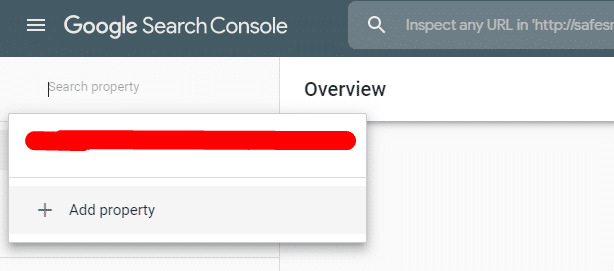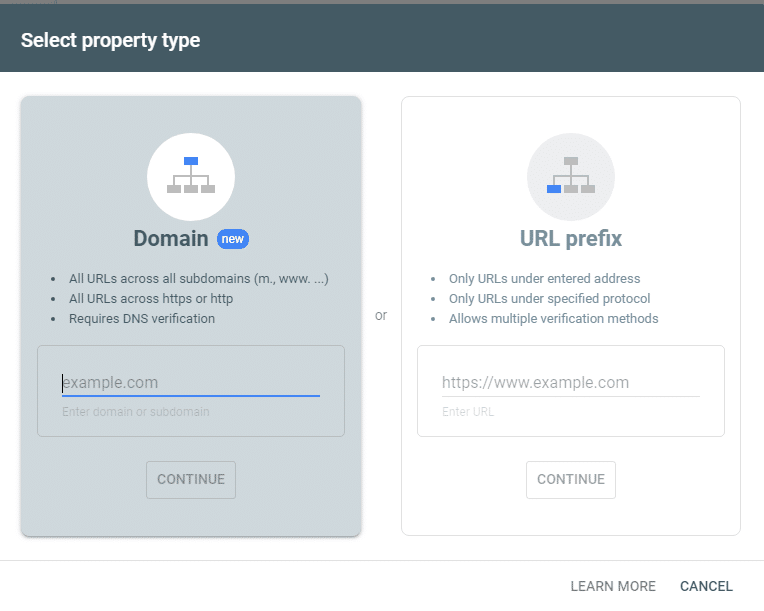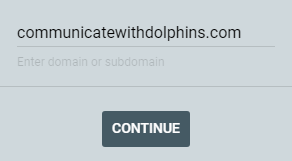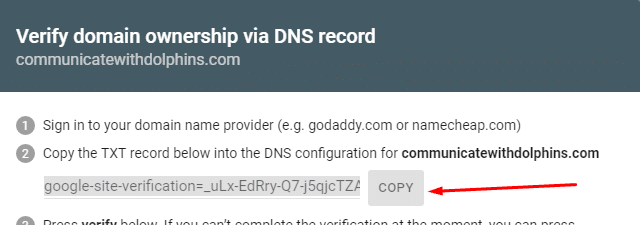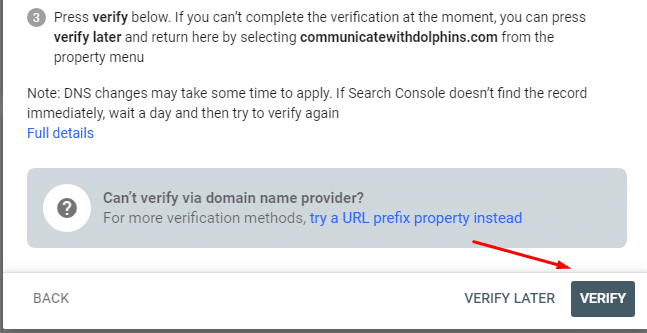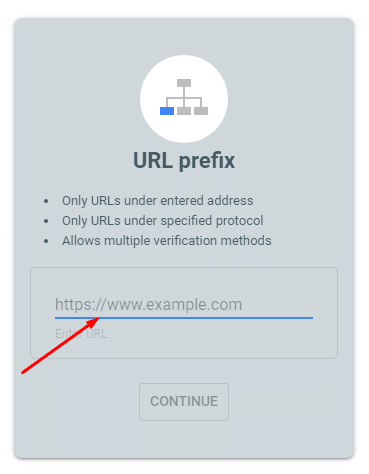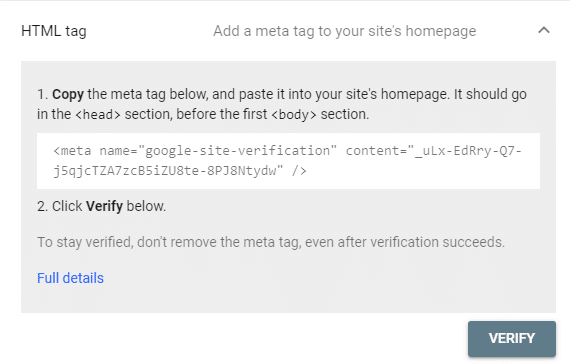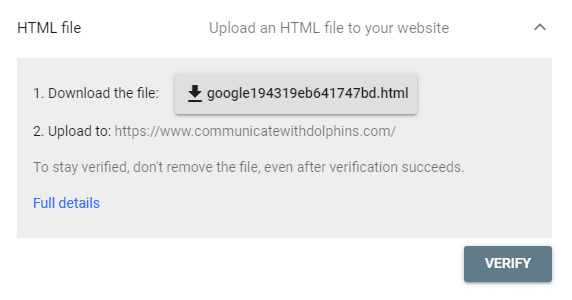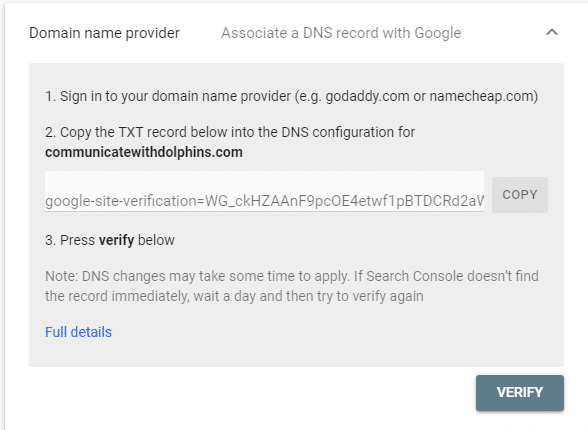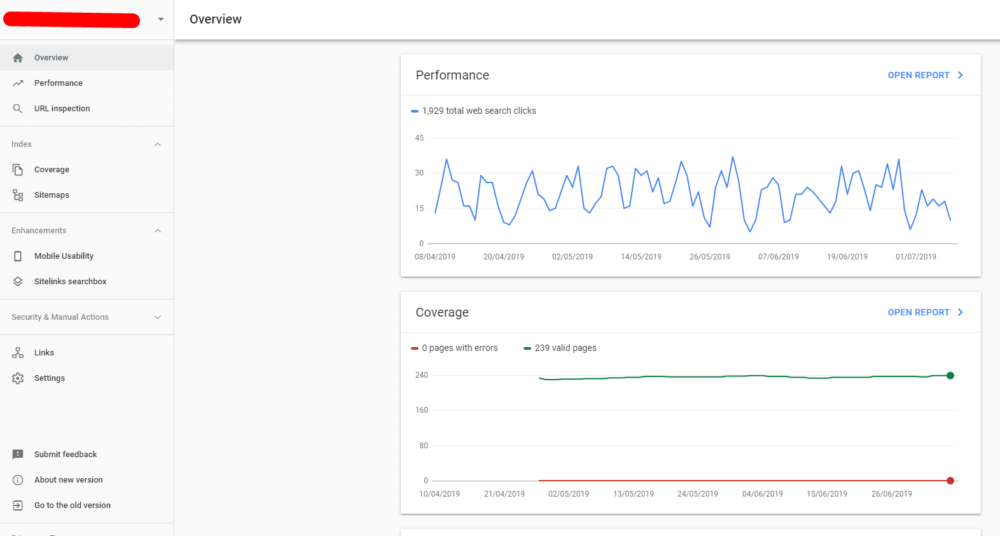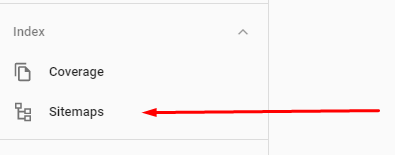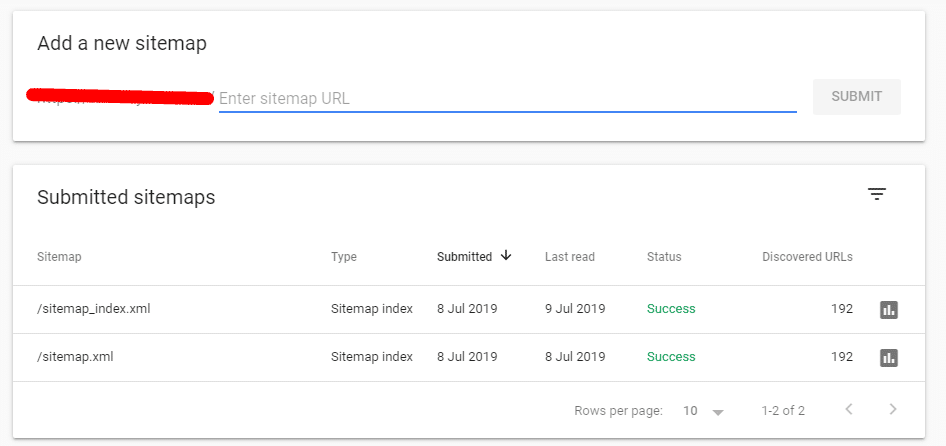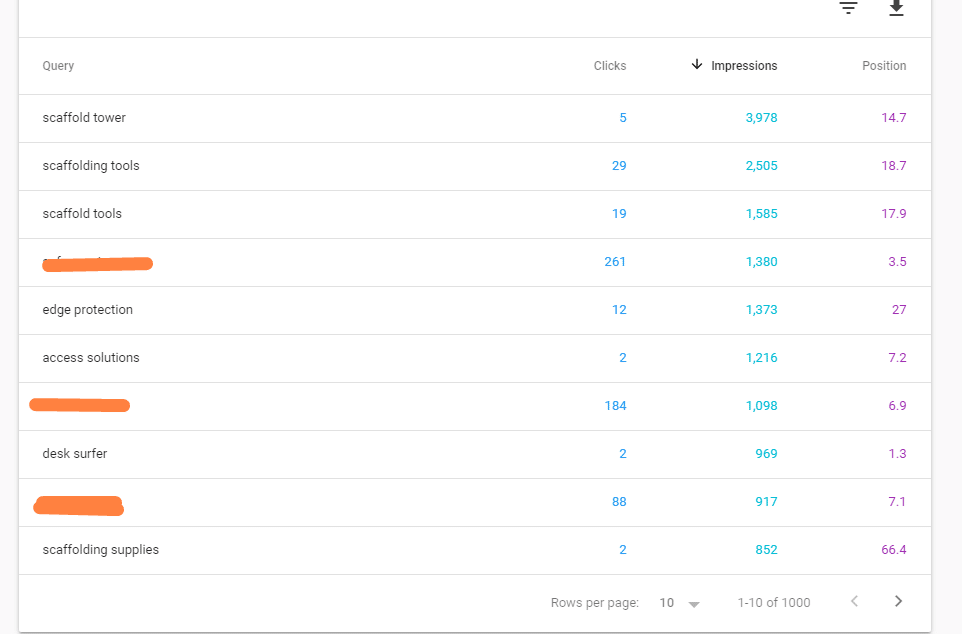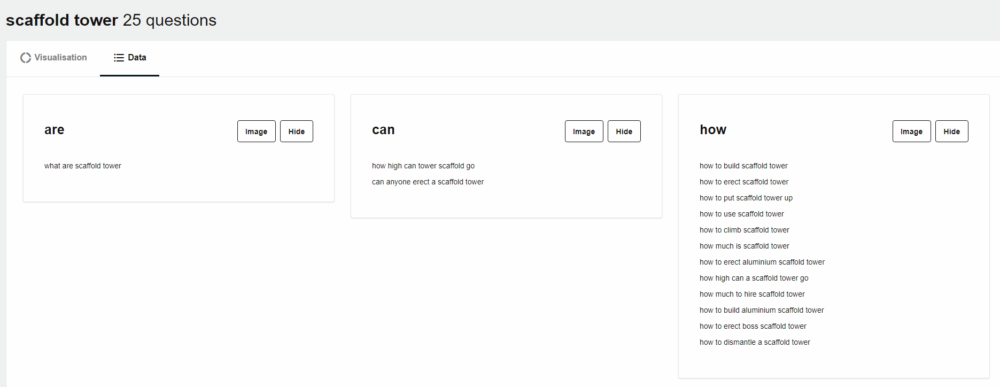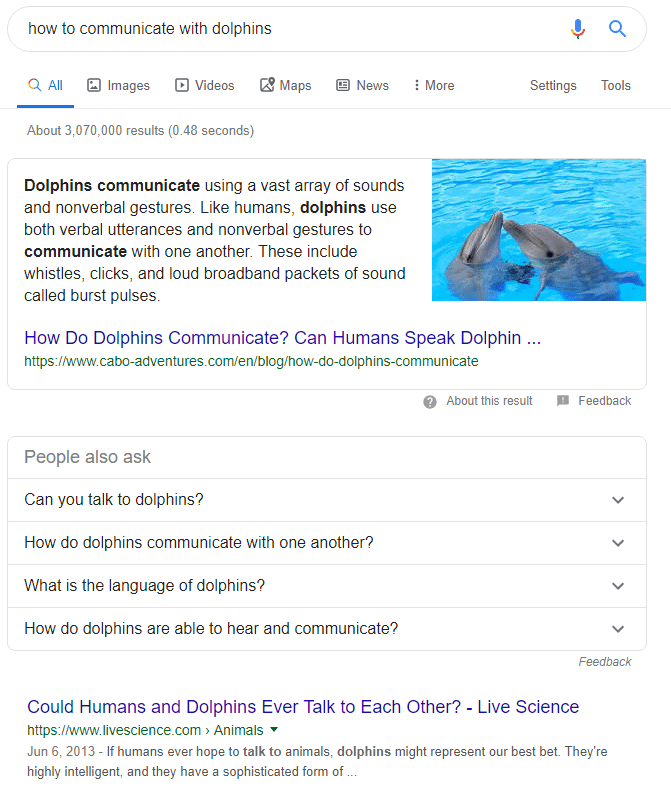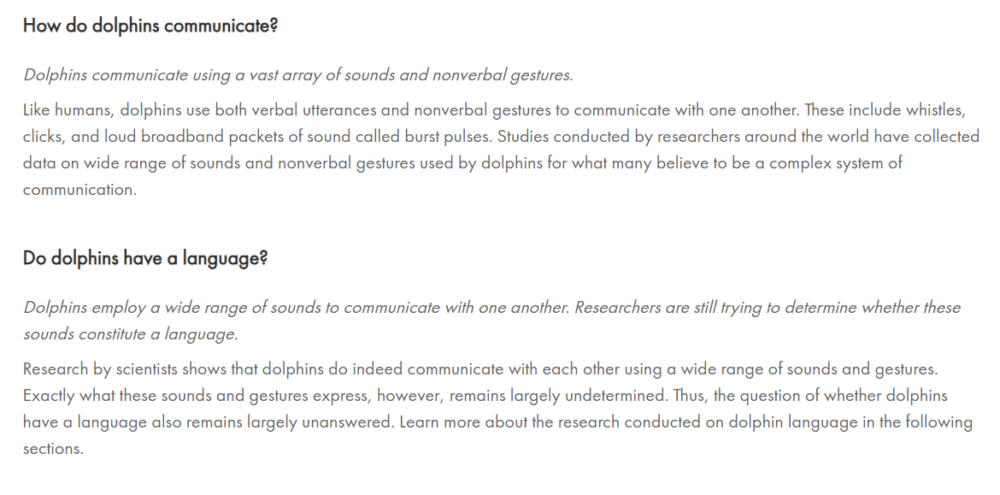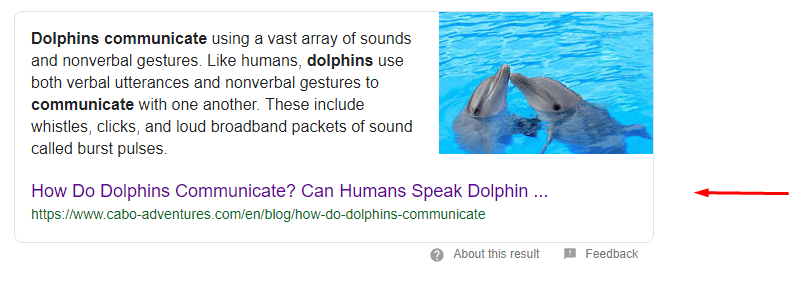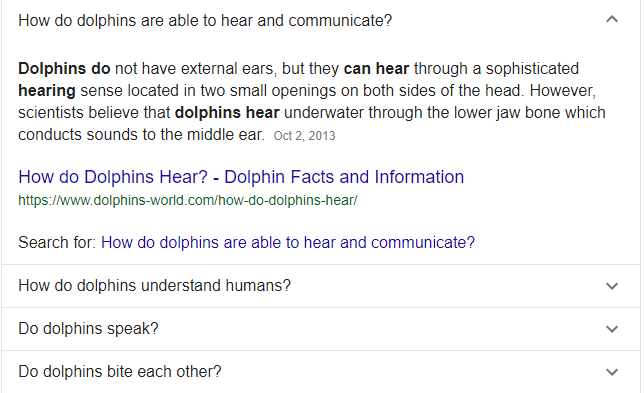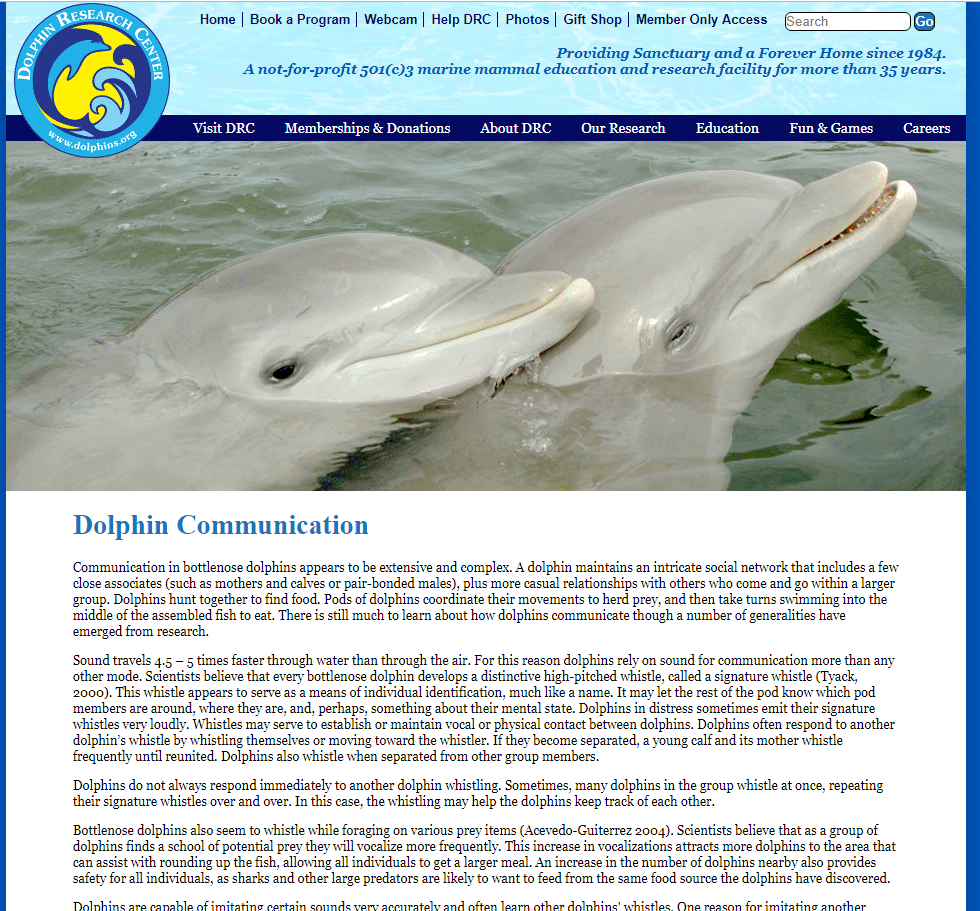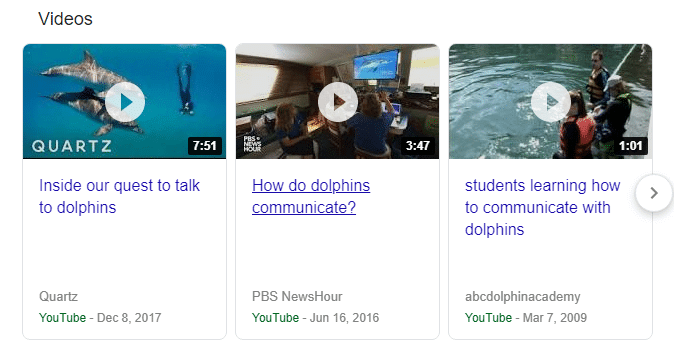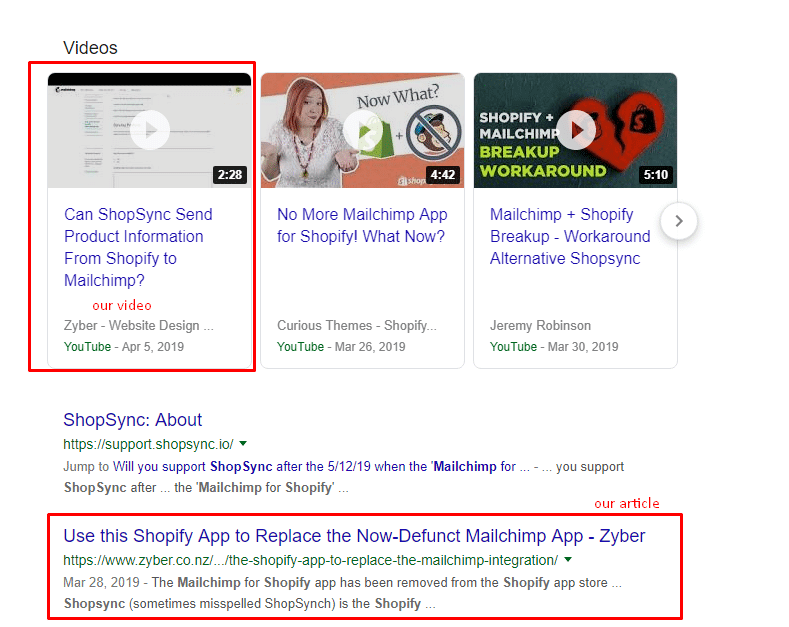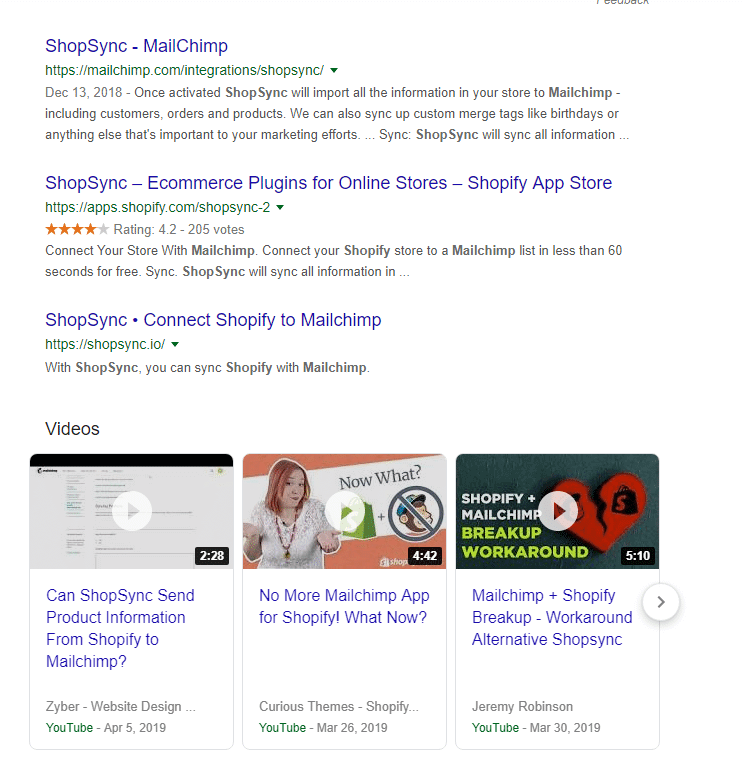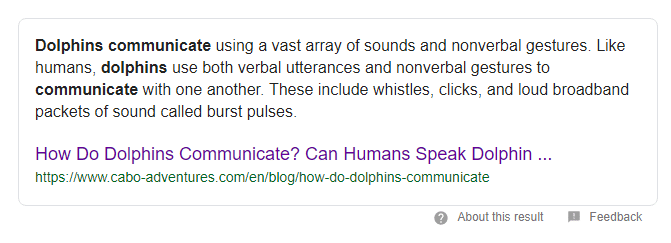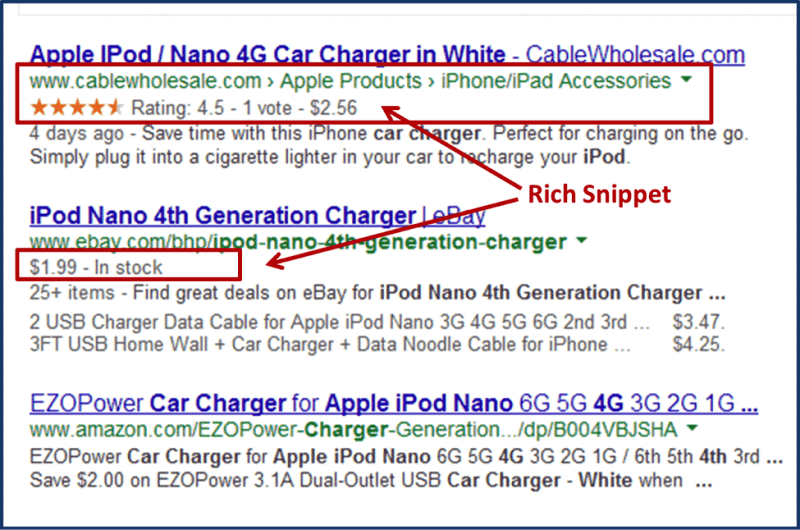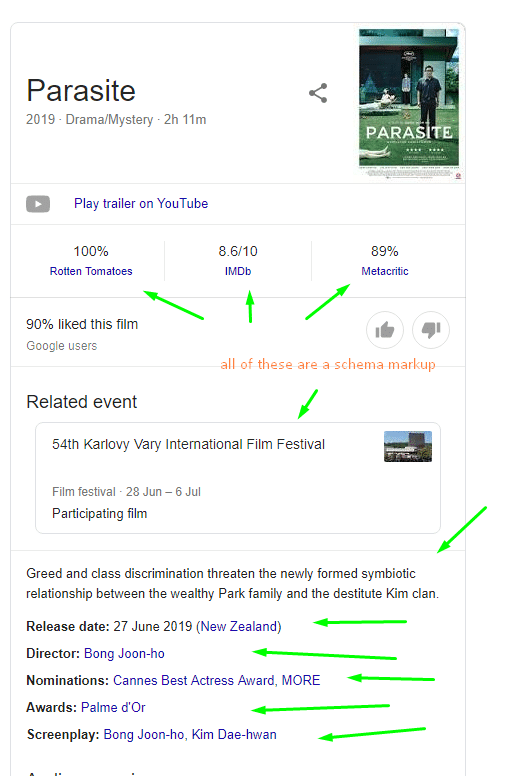Expertise, Authoritativeness, Trustworthiness
It comes down to E-A-T: Expertise, Authoritativeness, and Trustworthiness.
Right now, the second highest-ranking search result is an article on LiveScience.com.
LiveScience.com has been around since 2004, and has thousands of articles, all of which are written by journalists who cite their backgrounds and make themselves contactable. The articles on LiveScience.com meet a certain standard of quality, and they make it easy to contact them.
So if you want to outrank this article, you should consider positioning yourself as someone with more expertise. Add an author byline to your article. If you have written articles on different websites with your name on them, Google will use this as a metric to measure your expertise. List publications you’re featured in on your “About Us” page.
Make sure you are easily contactable, and also maintain a social media presence. All of these factors help Google determine how much you know about your topic.
Don’t be afraid to link to your sources. Experts are people who know a lot of information, and they weren’t born with it. It’s okay to research your topic, provide a more succinct answer than the source material, and then cite your sources. Remember, Google grants the top spot to the answer most likely to satisfy the searcher’s query.
Dolphins.org has more in-depth content, but it’s harder to read and not organized according to queries, which is why it doesn’t rank highly:



